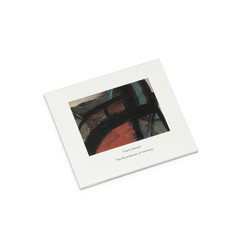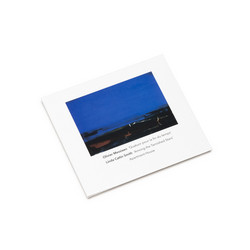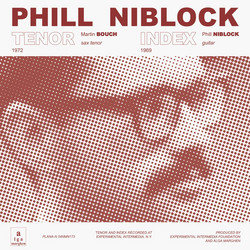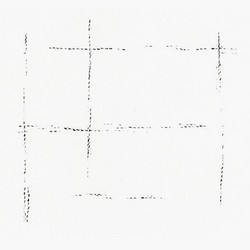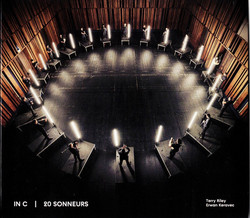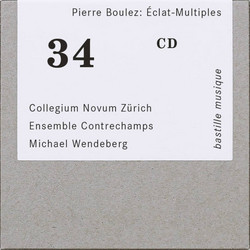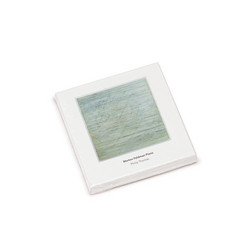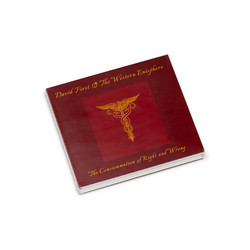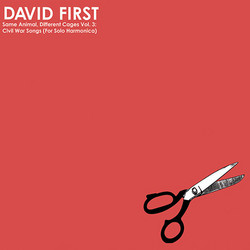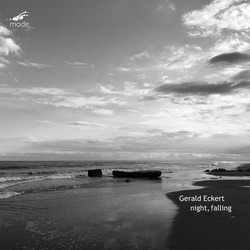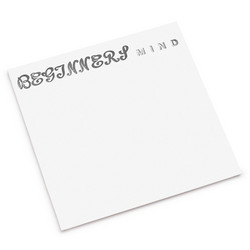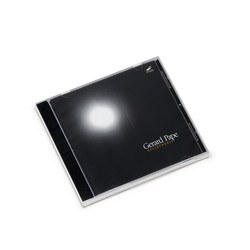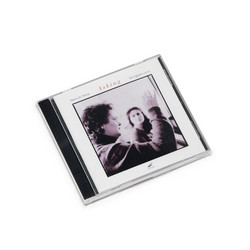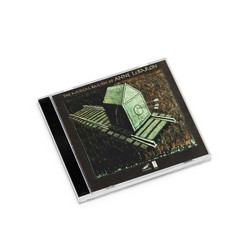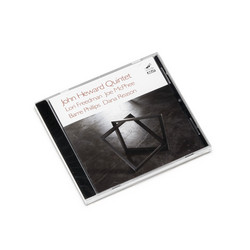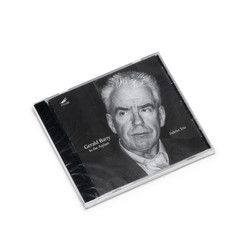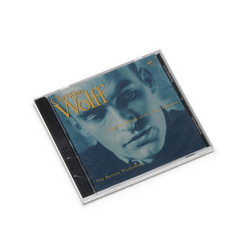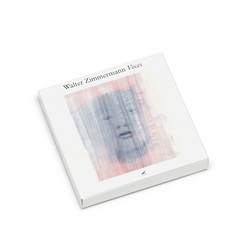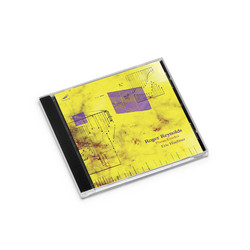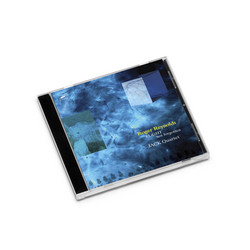Perhaps First explains it best: “…my best intention, and greatest hope, is to simply take you, the listener, to a place where you experience something beyond the daily, infinite cycles. Or better yet, tune you into them — all the way to the far-flung galaxies and back into your infinite bodily atoms and molecules. If you feel you can, trust us for an hour or so. Open yourself up and let us all in. Maybe you’ll find yourself on a journey of your own creation—your own story of discovery.”
And, as Sarah Hennies puts it in the liner notes: “There is technical rigor here, the result of a lifetime honing a highly personal compositional approach, but there is also levity and freedom, and the ability to lose oneself entirely in the work. “Revolutions” with its enveloping drones and surprising twists and turns of form gives the sense that one is more connected with where we come from but also hints at the wild surprises in the vast unknown.”
The music of “Revolutions” is based on the 16th through 32nd harmonics of the note G—a sound world that resides largely outside of traditional Western musical instruments and training. Three teams of players are required to execute these pitches in precisely timed cyclical rotations while also implementing mutes, bowing techniques, wah-wah pedals and electronic filters to create timbral micro-melodies. Further, the G pitched pulse heard in section three is beating at 91.875 bpm—a periodicity four octaves lower than the 49 Hz bass G frequency heard throughout.


